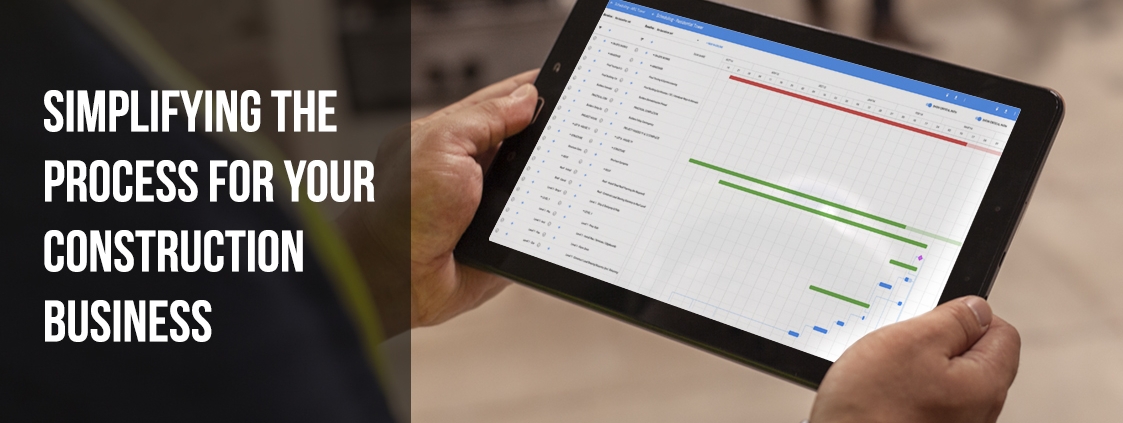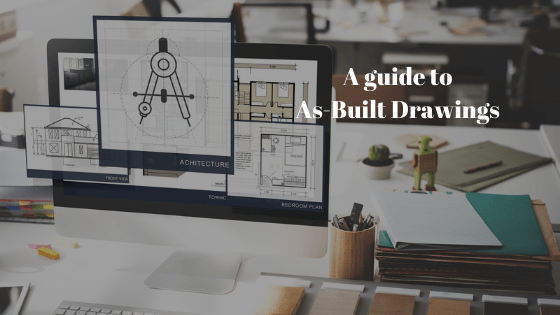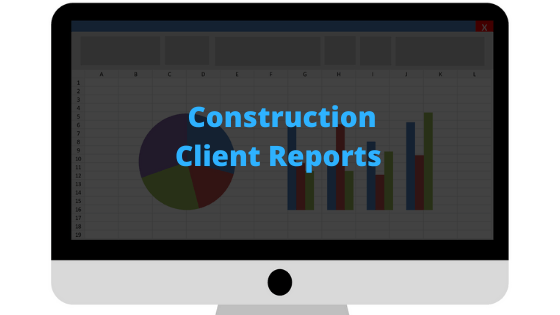Building Information Modelling (BIM)
Building Information Modelling (BIM) is a digital representation of the physical and functional characteristics of a construction project. It includes the integration of various data points, including geometry, spatial relationships, geographic information, and properties of building components. BIM has gained significant toehold in the construction industry due to its numerous benefits and transformative potential.
The integration of BIM with other advanced technologies, such as virtual reality (VR) and augmented reality (AR), further enhances its capabilities. As BIM continues to evolve, it will play an increasingly vital role in construction projects, enabling stakeholders to deliver more efficient, sustainable, and successful outcomes.
The following are some of the advantages of using BIM in construction projects:
Improved Collaboration and Communication
BIM promotes collaboration and communication between project stakeholders, including architects, engineers, contractors, and owners. Through a shared digital model, all parties can access real-time information, make informed decisions, and resolve conflicts or design clashes at early stages. This collaborative environment reduces errors, improves efficiency, and enhances overall project coordination.
Enhanced Visualization and Design
BIM facilitates advanced visualization capabilities, allowing stakeholders to visualize the project in 3D or even 4D (including time) formats. This enables better design exploration, evaluation of alternative options, and improved communication with clients. Visualization aids in identifying potential design flaws, optimizing space utilization, and enhancing the overall aesthetics of the project.
Clash Detection and Risk Mitigation
BIM enables clash detection by analyzing the spatial relationships between various building components. This helps identify clashes or conflicts early in the design stage, reducing construction rework, cost overruns, and project delays. By addressing clashes before construction begins, BIM minimizes risks and ensures smooth project execution.
Cost and Time Savings
BIM offers significant cost and time savings throughout the construction lifecycle. By enabling accurate quantity take-offs and material schedules, BIM assists in precise cost estimation and procurement planning. Additionally, BIM enables project scheduling and sequencing, optimizing construction workflows, and minimizing delays. These efficiencies result in reduced construction costs, improved project timelines, and enhanced overall project profitability.
Improved Sustainability
BIM facilitates sustainable design and construction practices by integrating energy analysis, carbon footprint assessment, and lifecycle analysis. It enables architects and engineers to explore energy-efficient options, optimize material usage, and evaluate the environmental impact of design decisions. With BIM, stakeholders can make informed choices to reduce energy consumption, minimize waste, and enhance the sustainability of the built environment.
Facility Management and Maintenance
BIM’s benefits extend beyond the construction phase into facility management and maintenance. The digital model serves as a valuable reference for building operators, enabling efficient maintenance planning, asset management, and space utilization. BIM’s integration with Internet of Things (IoT) devices further enhances facility management by providing real-time data on equipment performance, energy usage, and occupant comfort.
Regulatory Compliance and Documentation
BIM simplifies regulatory compliance by ensuring accurate documentation and data exchange. The digital model can incorporate relevant building codes, regulations, and standards, ensuring that the project meets all necessary requirements. BIM’s ability to generate detailed documentation, including drawings, specifications, and material lists, streamlines the approval process and enhances project transparency.






